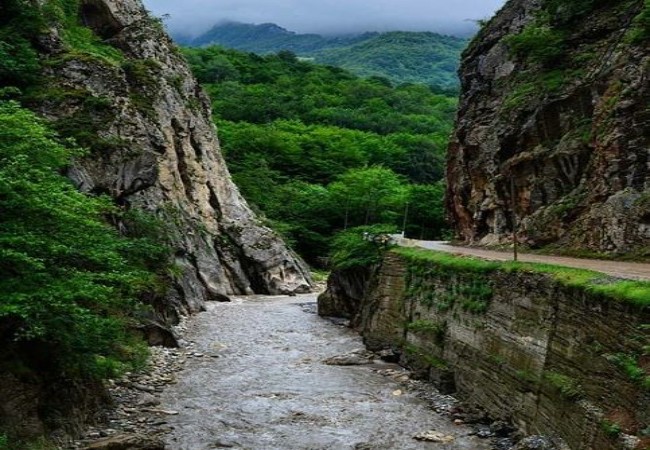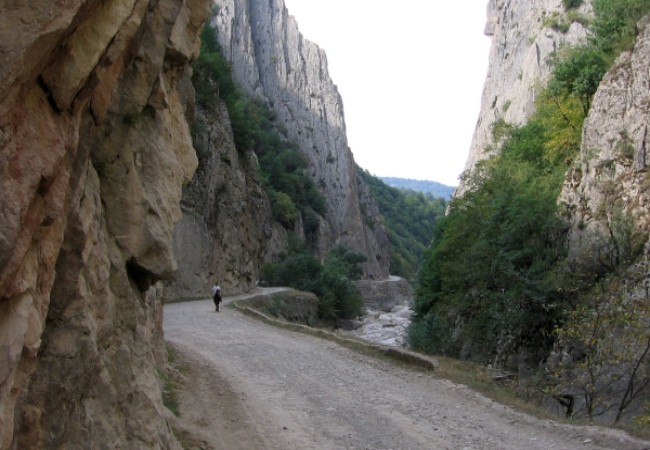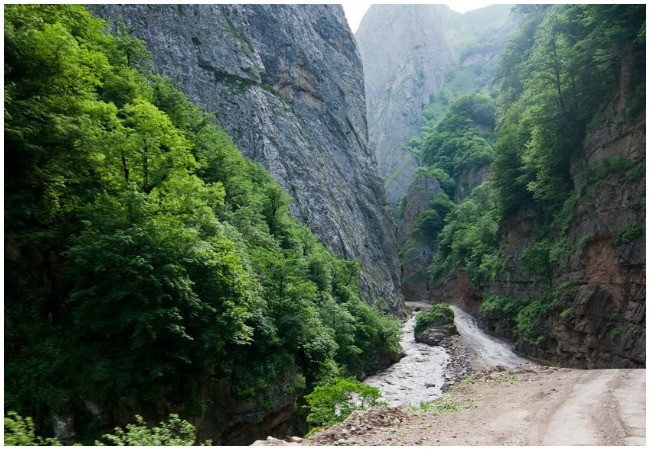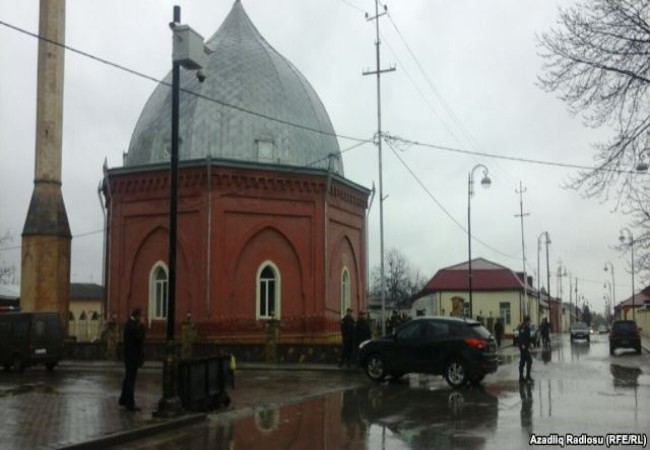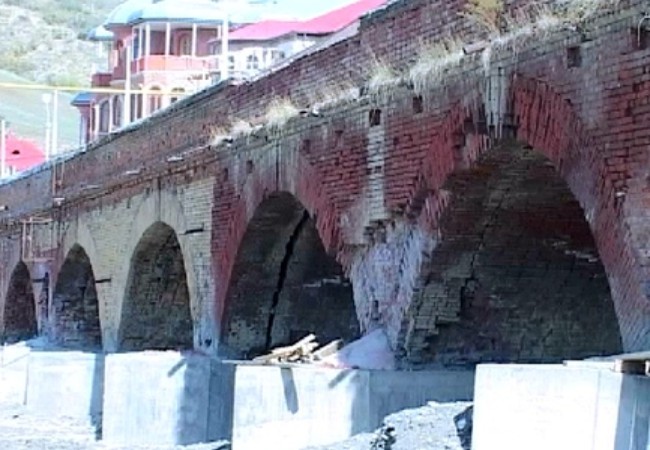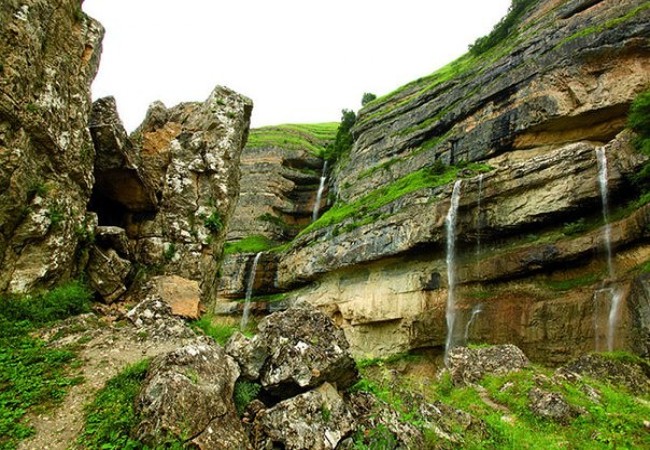Tangaalti tour in Quba (Guba)
Tangaalti is an intermontane village is in the region of the same name, 33 km from Guba centre and 725 m above sea level. The Valvalachay river flows between the two peaks on the northern face of the Great Caucasus mountains.
It runs through a gorge 400-600 m deep between cliffs of white, black and pink marble. It is indeed a rare, even unique, natural phenomenon.
So the earliest information on the history of Guba in ancient Albanian and Arabic sources, in the works of various geographers in Europe.
The first stone of Guba was laid in the XIV century.
Guba is located 168 km from Baku, on the northeastern slopes of the Shahdagh of the Greater Caucasus, on the coast of Kudyalchai.
Due to its geographical location and rich infrastructure, Guba region is one of the most popular places in Azerbaijan. The area is rich in natural and historical monuments. It is an ideal place for those who prefer to relax in nature.
Khinalig is a unique high mountain village.
The villagers form a separate ethnographic group with their own language. There are about 380 houses in the village aged 200-300 years.
Another mountain village not far from Khinalyn is the village of Gryz, Tallagalti valley. As well as included in the list of “Azerbaijan nature monuments” on the shores of Valvalachay. But Afurca waterfall in Afurca village, Lake Nugadi Lake, Chingeling lake too.
Guba is also home to the famous Red Settlement, one of the largest Jewish communities in the world.
Aqbil tombs (16th century), Subaba tomb in Alpan village (16th century), mosque and minaret in First Nugadi.
(XVII-XIX centuries), zodiac in Khinalig village, Mountain bridge over Kudyalchay, etc. is one of the architectural monuments located in the area.
In the village of Khinalig, the largest mountain village in Europe, there is the temple of the ninth century, the 19th century Sakina khanum. As well as the Haji Jafar and Juma mosques, the Gumbazli bath, and the Alamu castle and historical mosque in the Rustov village.
